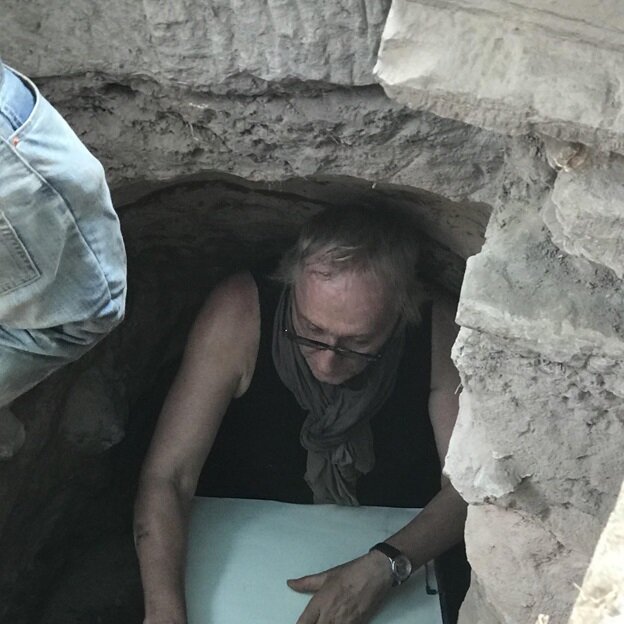Angkor Thom, une utopie réalisée? | Angkor Thom, a Fulfilled Utopia?
by Jacques Gaucher
Space Organization and Indian urbanistic model in Ancient Cambodia.

Publication: Arts Asiatiques Vol. 59 (2004), pp. 58-86 | École française d’Extrême-Orient via jstor
Published: 2004
Author: Jacques Gaucher
Pages: 29
Language : French
The ongoing restoration work on Angkor Thom causeways and outer walls may confirm the audacious and stimulating proposition of this study, mainly that
- 'the geometric pattern generated by the discovered urban structures suggests the application of a theoretical model, with many affinities appearing between the archaeological datas and the instructions provided by the Indian treatises on housing and architecture.'
- 'since no plan of an ancient Indian royal capital consistent with the treatises has been really acknowledged till now, the Khmer capital comes out as a utopia in the literal meaning of the word, a utopia realized beyond the seas.'
The space organization of Angkor Thom suggests a densely populated area, with a remarkably geometrical grid of ditches, canals, waterways and 'streets', as this map (by the author) shows:

Photo: Angkor Thom visualization, 2003 (by Jacques Gaucher)
For an update on ModAThom project, see Cambodge Mag June 2021 report
Tags: Angkor Thom, urbanism, archaeology, Indian influences
About the Author

Jacques Gaucher
Jacques Gaucher (1949, Nantes) is an architect-urbanist who heads the program of urban archaeology at Angkor Thom started in 1994.
Part of archaeological missions at Ras-Ibn-Hani, Syria (1980-1982), Anuradhapura, Sri-Lanka (1984-1986), and field research missions in Tamil Nadu, India (1985-1989), Chandernagor, India (1986-1988-1989), Ho Chi Minh Ville, Vietnam (1989-1990), Panauti, Nepal (1991-1992), Phanom-Wan, Thaïlande (1992), Luang-Prabang, Laos (1994) and China (1995), Jacques Gaucher was a member of EFEO from 1990 to 1993.
He leads the ModAThom project, the program of modelization of Angkor Thom as a city. Recently, his team has discovered a trunk of parinari anamensis, the Thlok tree in Khmer, horizontally buried five meters deep. This tree may have been a symbolical part of the foundation of the Royal Palace: the Royal Chronicles report that the Thlok tree can inspire a palace, since in the founding myth of Cambodia Preah Thong, an Indian prince in exile, and Neang Neak, daughter of the King of Nagas, celebrated their lasting love at the foot of a Thlok tree.
(Photo Cambodge Mag)
